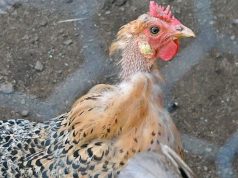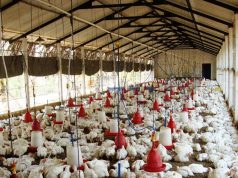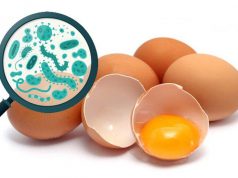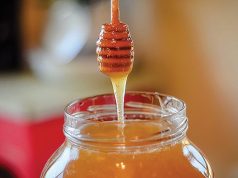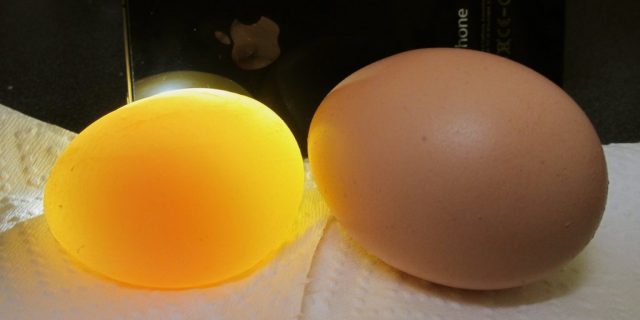
When you buy the eggs in the supermarket, they always have the perfect shape and size. However, even the odd eggs that are sometimes laid by your chickens in the backyard are good for the frying pan. Egg abnormalities are not the reason for the alarm and here are some eggs which are quite unusual, but fine to eat.
Yolk-less Eggs
The yolk-less eggs are often referred to as the dwarf eggs, and they are characterized by the small size, round shape and they remind people of grapes or marbles. And as the title indicates, they come without a yolk. However, there is no reason to worry because the chicken’s eggs will become larger as their reproductive tract matures and the eggs will be more consistent in size, color, and shape.
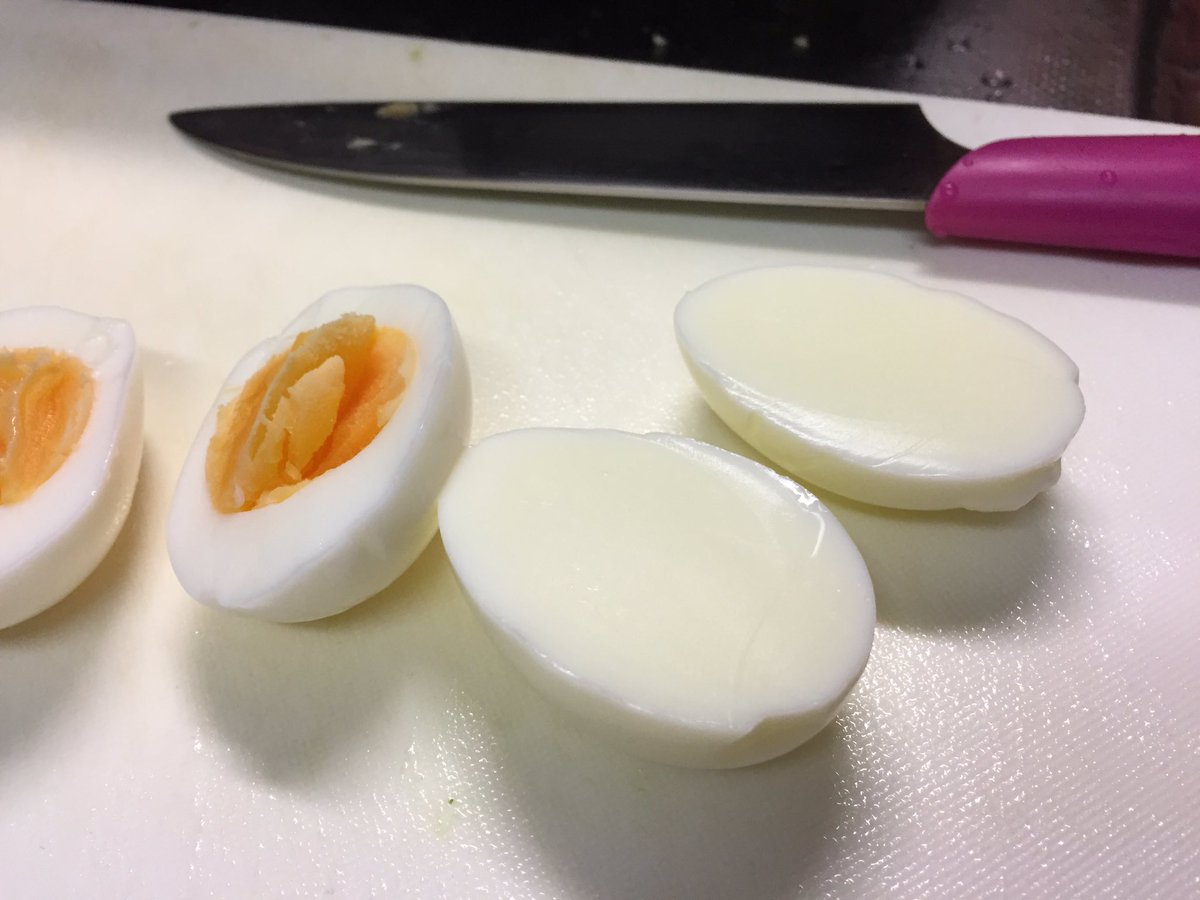
Make sure to handle these eggs with care, because besides they are small, the shell is very easy to crack. It was believed that the eggs without the yolk were laid by roosters and instead of a chick, a serpent-like creature would hatch. Of course, these are only tales.
Eggs without Shells
Eggs without a shell are also common, and just like the ones with no yolk, these are also laid in the early reproductive maturity. The shell is paper-thin, which means that it doesn’t exist. Several things can cause chickens to lay such eggs such as water shortage, drastic changes in lighting and loud and sudden noises that could scare the hens.
If your flock is new and it is just starting to lay eggs, there is no reason to get worried. However, older hens can also lay eggs without shells sometimes. If this keeps happening, then it is a problem you need to address, and your birds may lack minerals or vitamins, calcium most commonly. If you have a bird that keeps laying eggs with no shell despite the calcium supplements and the good health, it could be a hereditary trait that cannot be fixed. In such cases, remove the hen from the flock so that the other chickens do not inherit it.
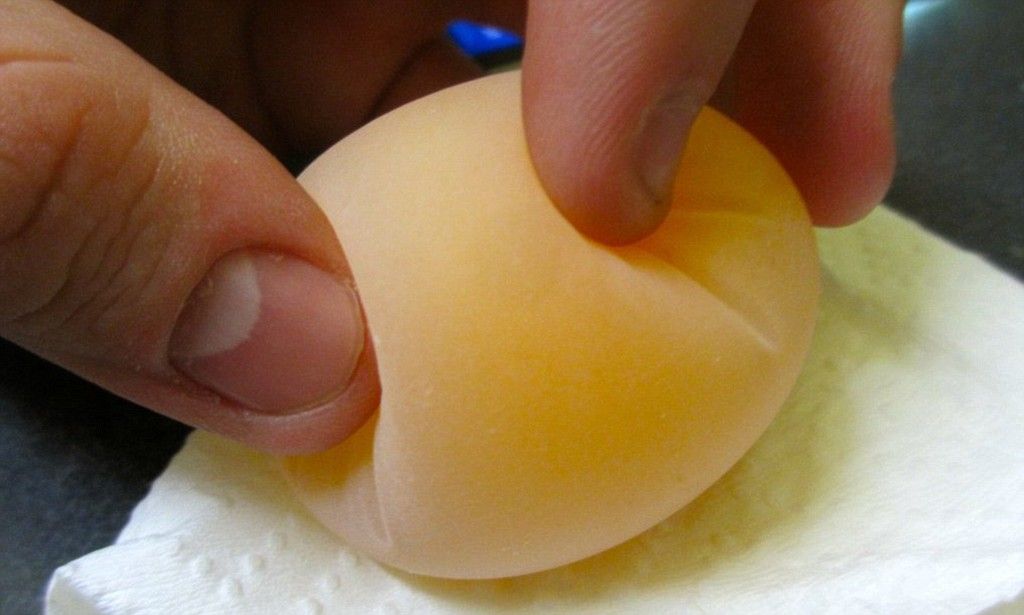
If you find such eggs near your hens, make sure to remove the eggs as soon as possible. Otherwise, the hens will develop a habit of eating their eggs, which is impossible to prevent later on and it could cause your problems.
Rough-shelled Eggs
On the other hand, the shell of the egg can become too rough, and this usually means that there is calcium or calcium-to-phosphorus imbalance. Without phosphorus, hens cannot absorb the calcium that is available to them. They get the much-needed phosphorus from bugs and exoskeletons such as beetles.
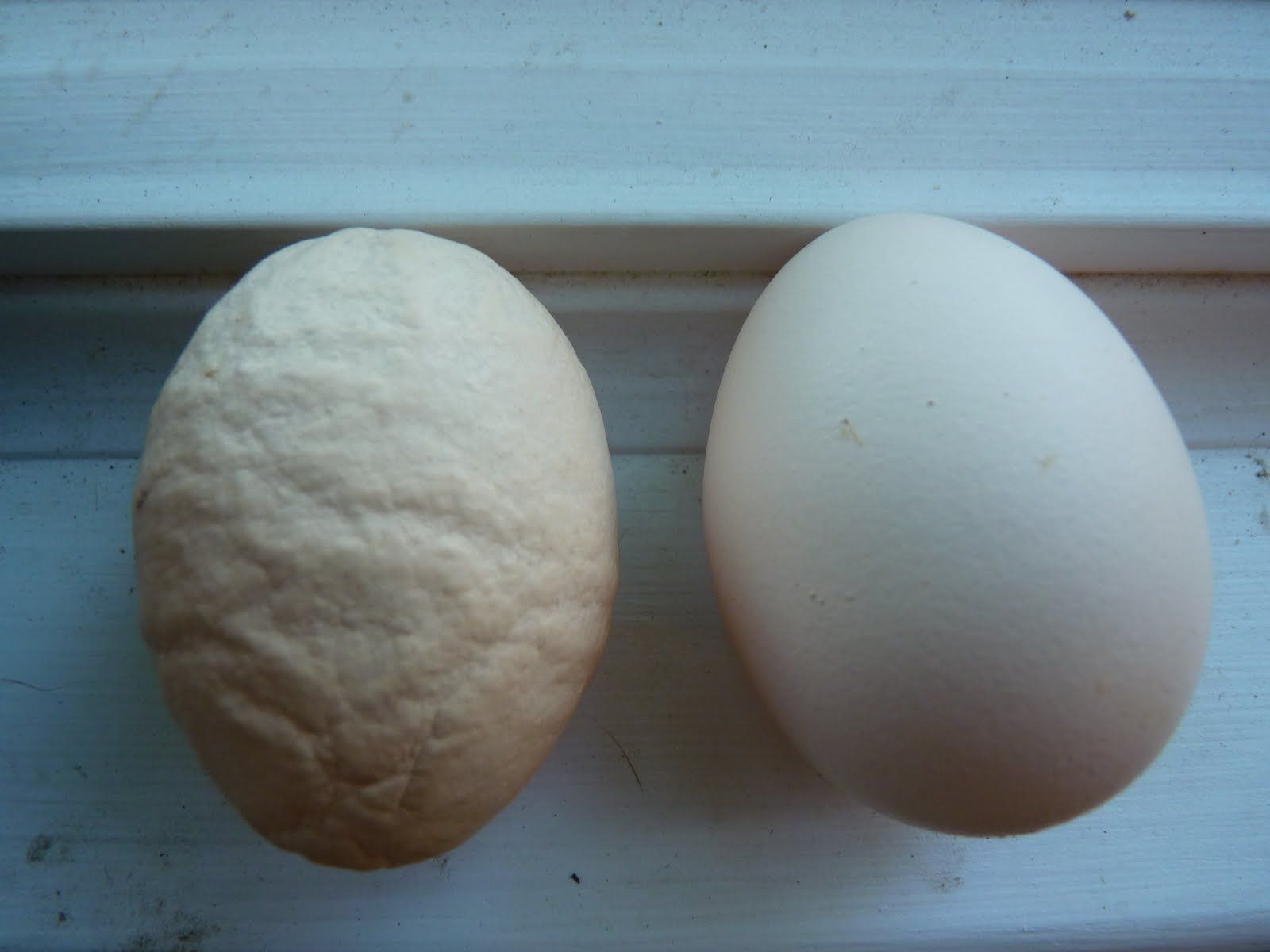
Once you see the rough spots on the shell, don’t alarm yourself. Wait some time and monitor the hens and the eggs they lay. If the spots continue to appear, it may be a sign of a disease like Newcastle or infectious bronchitis. If that is the case, the other hens in the flock will get infected and will have similar problems.
Double-Yolk Eggs
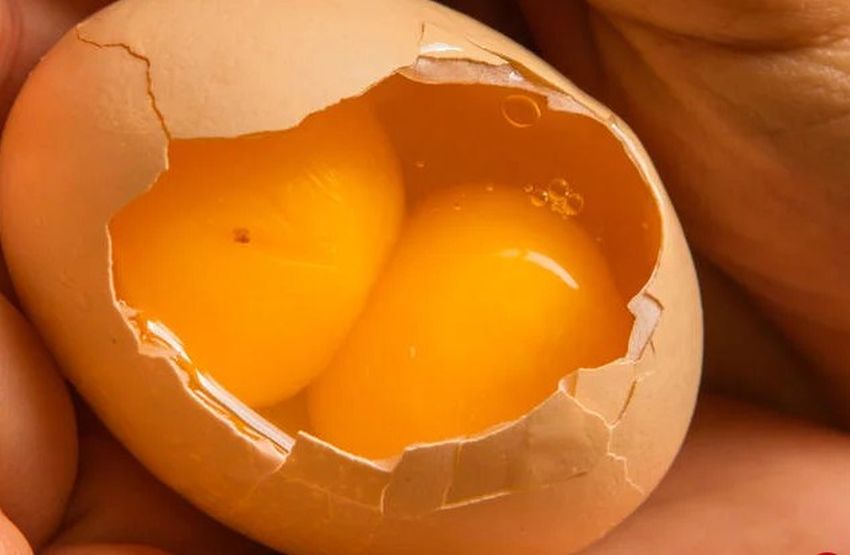
During the quick ovulation, two yolks can get released at the same time, and you get a double-yolk egg. This rarely happens, but it is so cool to see. Such eggs are much larger, and while they are good for the frying pan, it is not advisable for this egg to hatch.
Misshapen Eggs
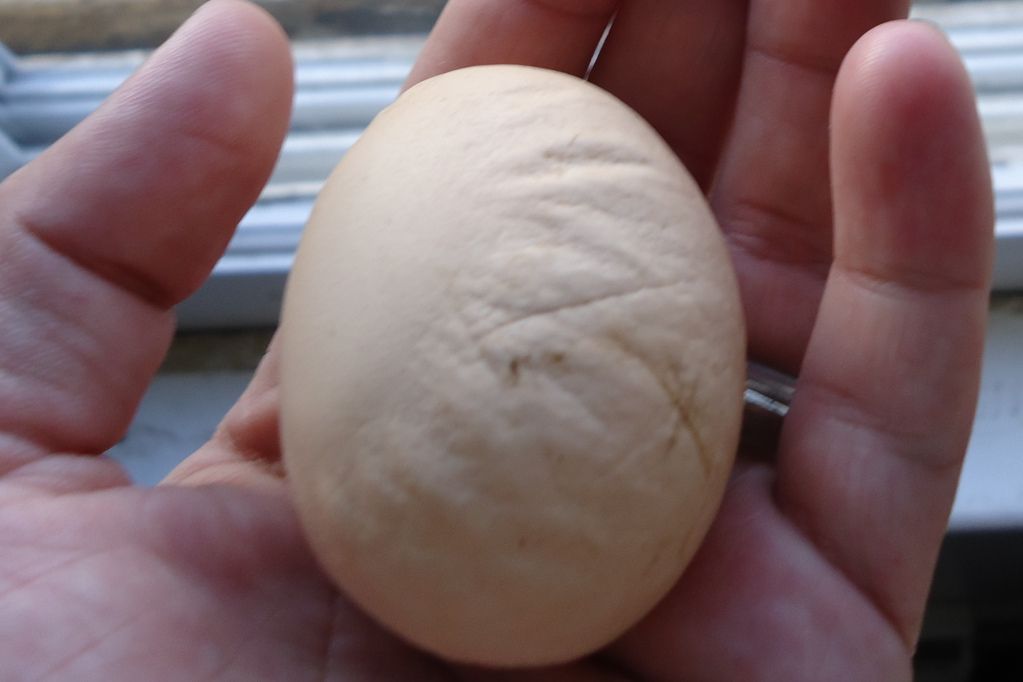
Misshapen eggs are commonly flat or torpedo-shaped. A bird which lays such eggs is usually stressed, but such eggs are good to eat. The good sense tells you that you should not hatch these eggs.
There are some other egg oddities as well, but these are the most common ones. As you can see, eggs are not always bright white, perfectly round and the same size.

